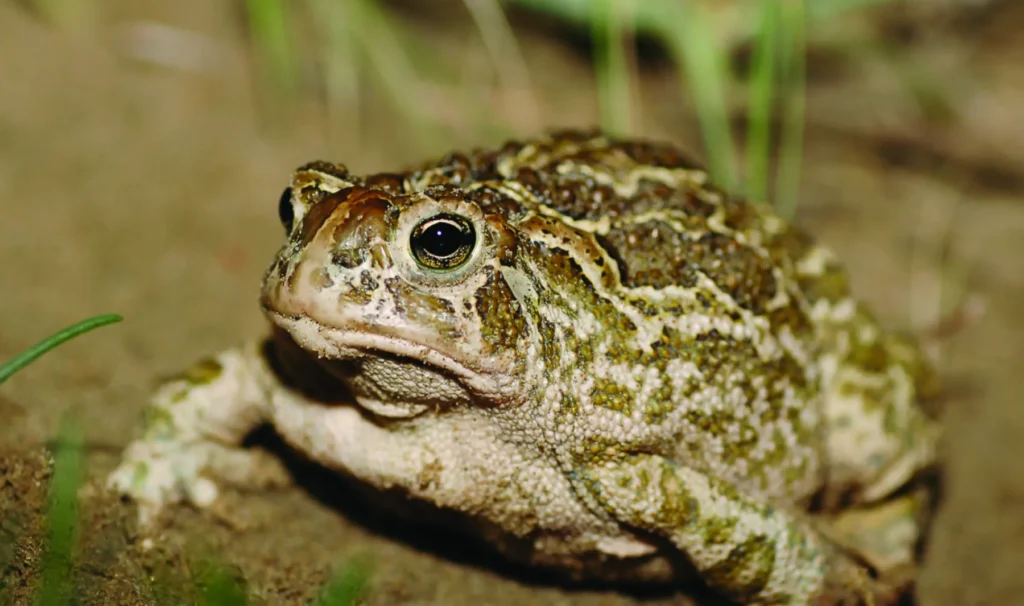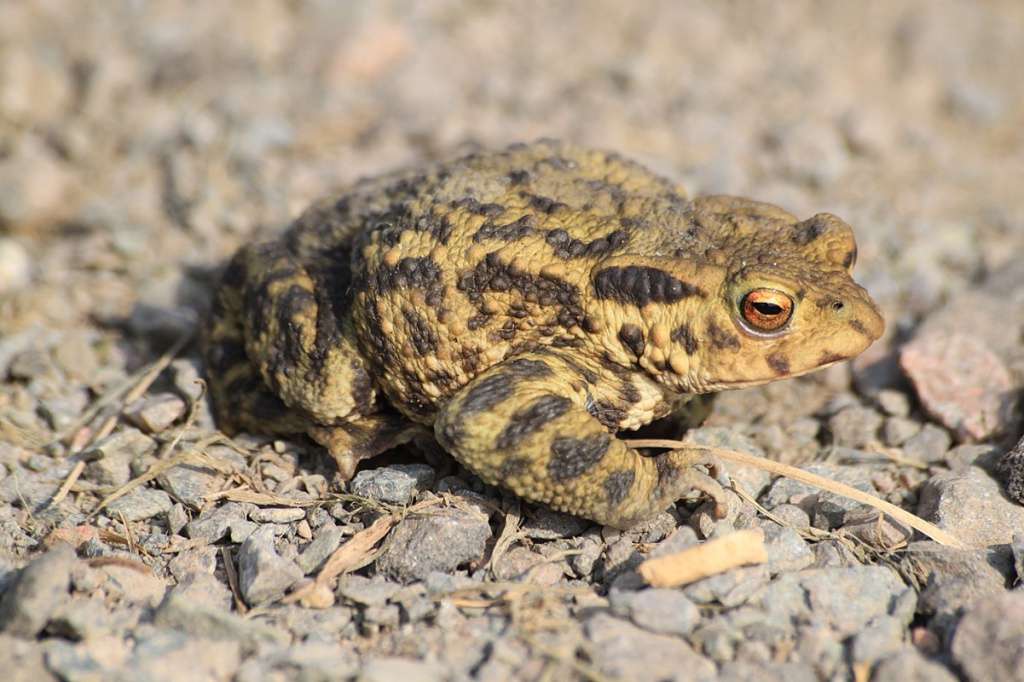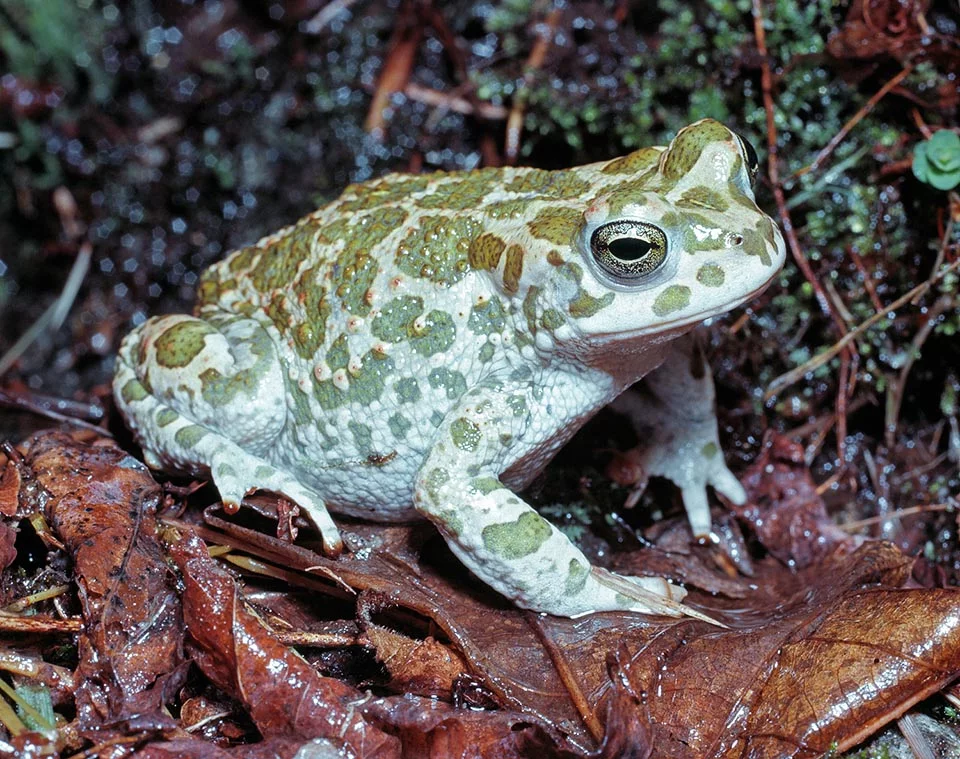
Central North America is home to the quite sizable species of true toad known as the Great Plains toad, Anaxyrus cognatus. The Great Plains toad has blotches of a darker hue and is a combination of gray, brown, and green in colour. Its maximum length is between 5.1 and 11.4 cm (2 and 4.5 in). Cutworms of many species make up its main feed. It favours habitats in grasslands with soft soil that is simple to dig in. Breeding takes place all through the spring and summer, most frequently right after a particularly severe downpour.
Habitat
The Great Plains toad’s range from southwest Manitoba, Canada, to Canada, far-southeast Alberta and south to Texas; from eastern-central Utah to far-southeast California; and from far-south. South-central Colorado contains a dispersed colony of Great Plains toads. Great Plains toads are typical toads found in arid southwest regions and large open areas with extensive grasslands. They are typically located in these places’ lower, damper regions. These toads are common in reservoirs, temporary rain pools, floodplains of rivers, and irrigation canals.
Appearance
The length of an adult Great Plains toad ranges from 4.8 to 9 cm. Large, dark spots can be seen on its back. There are several warts inside each splotch, which is boldly bordered by light pigment. On top, this toad typically has colors that are yellowish, brown, greenish, or gray. There are some instances that feature a thin, light mid-dorsal stripe. The Great Plains toad has a modest, well-developed cranial crest on its head. They have a rounded, blunt snout.
Reproduction
Only after rainstorms in the spring and summer, when the temperature is over twelve degrees C, does the Great Plains toad breed. Breeding locations are limited to large transitory pools of rather clear shallow water and their margins. They typically reproduce in enormous congresses that form as a result of the response of males to one another’s calls. A calling male grabs every toad that lands on him, and once a female is grabbed, she is tenaciously held onto. One female may produce up to 20,000 eggs, which are found in small streams attached to debris. The eggs hatch around two days after being laid. The tadpoles hatch out little and only reach a length of around 25 mm.
Diet
Moths, flies, cutworms, and beetles are among the insects that the Great Plains toad consumes. Cutworms are the most problematic of its victims for humans. Because it consumes cutworms and other harmful insects that damage crops and feed on them, this toad is recognized to be crucial to agriculture.
Keeping as Pet

Size of Enclosure
For two Great Plains Toads, I strongly advise at least a 40-gallon terrarium. The additional area is beneficial to Great Plains Toads, who thrive in pairs. Being able to interact with them in their habitat is made much easier by having an Exo Terra front opening enclosure.
Humidity
50%–60%
Temperature
The ideal daytime temperature is between 70 and 75 degrees Fahrenheit (21 and 24 degrees Celsius). There is no need for a basking light. At ambient temperatures, Great Plains Toads flourish.
Never allow the temperature to fall below 60 degrees Fahrenheit (15 degrees Celsius) at night, and try to keep it about 65 degrees (18 oC). a low-watt heat source that is activated when the temperature gets too low. Heat that is too intense causes the cage to dry up and can be fatal to amphibians!
Lighting
UVB light is advised but not required in terms of lighting. This enhances the general health of your toads. The ideal UVB is a linear 2.0. Use no more than 2.0 because it is excessively strong and could hurt your toad!
Table





